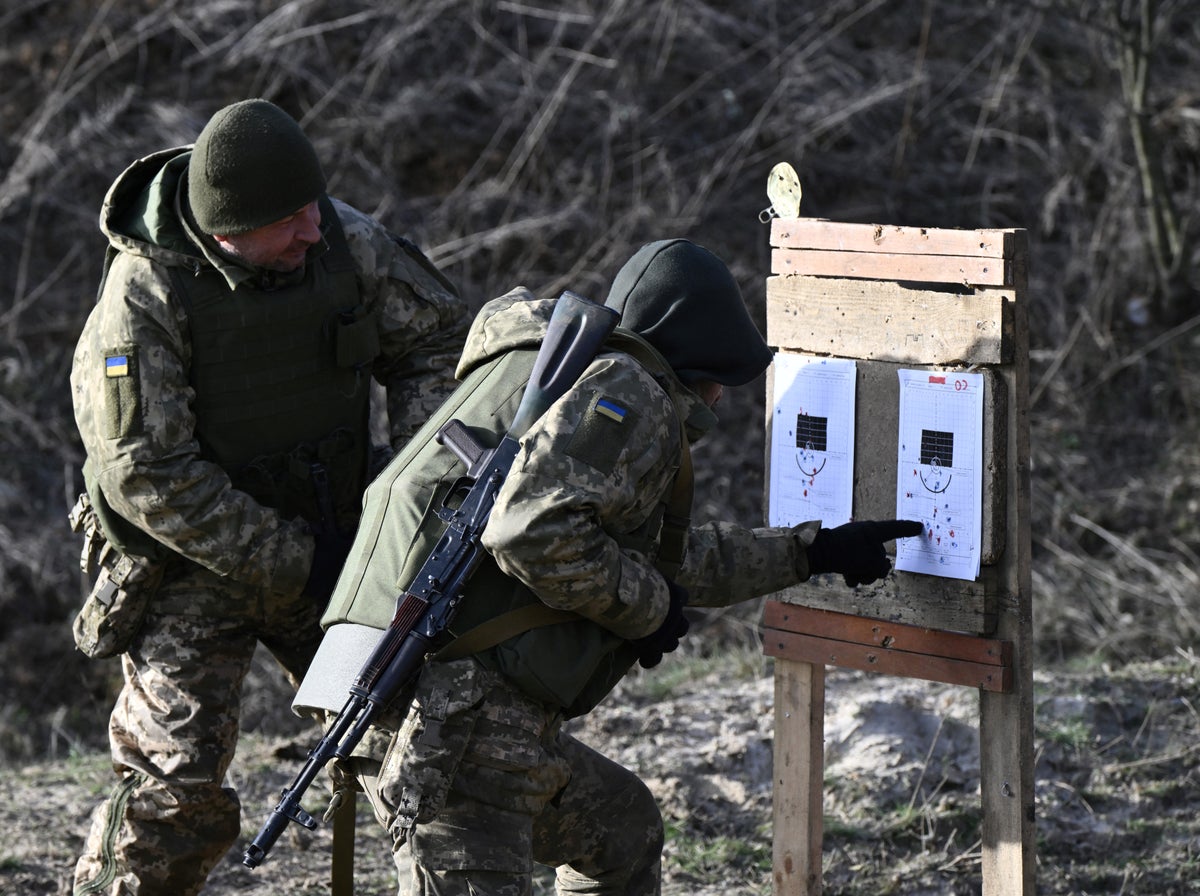
A few months ago, a Ukrainian official posted a video of a man who had been captured while fighting for Russia. The man was neither trained by Russia nor a resident of that country, and he had no direct stake in the Ukraine war. Yet he had flown over 4,000km to serve in “one of the Russian Airborne Forces brigade”, the video said.
Belonging to the landlocked Himalayan state of Nepal, which has a growing population and rising unemployment, Bibek Khatri admits to joining the Russian forces solely for the money.
He blames his decision on financial woes back home, according to a clip posted by Anton Gerashchenko, an adviser to the minister of internal affairs in Ukraine.
“My family is in trouble. My mother doesn’t work, we need money. So, I went for it (joining the Russian Army),” Khatri says in the video. He says his friends suggested that he join up as a mercenary. “I wanted to return to my mom as a successful man. So, I joined.”
Khatri is not the only one being drawn by lucrative offers from Moscow. Nearly 200 Nepalese nationals are believed to be serving in the Russian army as mercenaries, Nepal’s ambassador to Russia Milan Raj Tuladhar says in an interview with the Kyiv Post.
Inevitably, it is a job that comes with a high level of risk. At least six Nepalese nationals have been killed while fighting on the frontline in Russia’s war against Ukraine, leaving the government under pressure from the public to bring back its young men.
Nepalese youths being recruited to fight abroad are not just ending up fighting against Ukraine, however.
Multiple reports suggest that Nepali mercenaries have been seen fighting on behalf of Ukraine against Russia, raising the possibility that they might end up face to face with their own countrymen in a war in which they have no stakes.
While Nepal has for decades been sending young men to serve in the British and Indian Armies through a formal agreement between the three countries, there are also sizable presences of Nepali nationals in other foreign militaries including France and the US. The country has no strategic or bilateral arrangements to send soldiers to fight in these armies.
At least 1,000 Nepalese have received American citizenship in the last five years by joining the US Army, reported Kathmandu-based Khabarhub, citing 2021 data from United States Citizenship and Immigration Services.
At least 300 Nepali youths were believed to be serving as French Foreign Legionnaires under a special service branch created for foreign nationals to safeguard France’s national interests outside of the country, according to a statement by Nepal’s former ambassador to France Mohan Krishna Srastha in an interview with The Himalayan Times in 2016.
Soldiers from the Brigade of Gurkhas march on the parade ground during a Passing Out ceremony at Catterick Garrison near Richmond, northern England on 23 November 2023— (POOL/AFP via Getty Images)
Factors like a lack of work opportunities at home, and poor pay even for those who do find jobs, are compelling young people to leave the country in search of better opportunities – and taking advantage of the Gurkhas’ famed reputation of being brave fighters.
According to the International Labour Organisation, Nepal is a young country, with 63.7 per cent of the total population below the age of 30. The unemployment rate of youths aged 15-29 years is 19.2 per cent, as compared to 2.7 per cent for the whole population.
“Out of 500,000 youths coming onto the job market every year, only 80,000 or 100,000 get hired in Nepal,” Binoj Basnyat, a retired Major General in the Nepalese Army, told The New York Times. “Where would the rest go?”
The Indian Army has been one major route of employment for Nepalese youths, with many leaving to join the neighbouring country’s Gurkha regiments. Army jobs have historically been seen as among the most secure in south Asia, promising social security and pension support for life.
But last year India introduced reforms to its armed forces under the Agnipath scheme, which created four-year tours of duty in place of jobs for life, cutting costs to the defence budget and benefits for soldiers.
With the rule change suddenly making the move to India much less appealing for Gurkhas as well, the reforms triggered a diplomatic row between the two countries, with the Nepalese government complaining it wasn’t consulted or given prior notice.
Indian army soldiers belonging to the Gurkha regiment march during the full dress rehearsal in New Delhi, 23 January 2001— (AFP via Getty Images)
"We have a policy that if there is any change made to a tripartite treaty, then it should be implemented through a political consensus," Nepal’s foreign minister NP Saud told the BBC at the time, adding that the recruitment of Gurkhas to India would be suspended.
The situation created a recruitment vacuum. So when Russian president Vladimir Putin announced that foreign nationals serving a year in their military would have their applications for full Russian citizenship expedited, many Nepalis queued up.
What is seen as a business opportunity for Nepalis is now being exploited by people smugglers, according to the police. Kathmandu’s police arrested at least 10 people this week for allegedly charging up to $9,000 (£7,143) per person to traffic them to Russia on tourist visas and have them embedded in the Russian Army.
The men were being smuggled into Russia through the UAE, said Kathmandu district police chief Bhupendra Khatri. The UAE and Russia still have good relations, with Vladimir Putin visiting the Middle Eastern country on Wednesday for a rare trip outside Russian soil.







